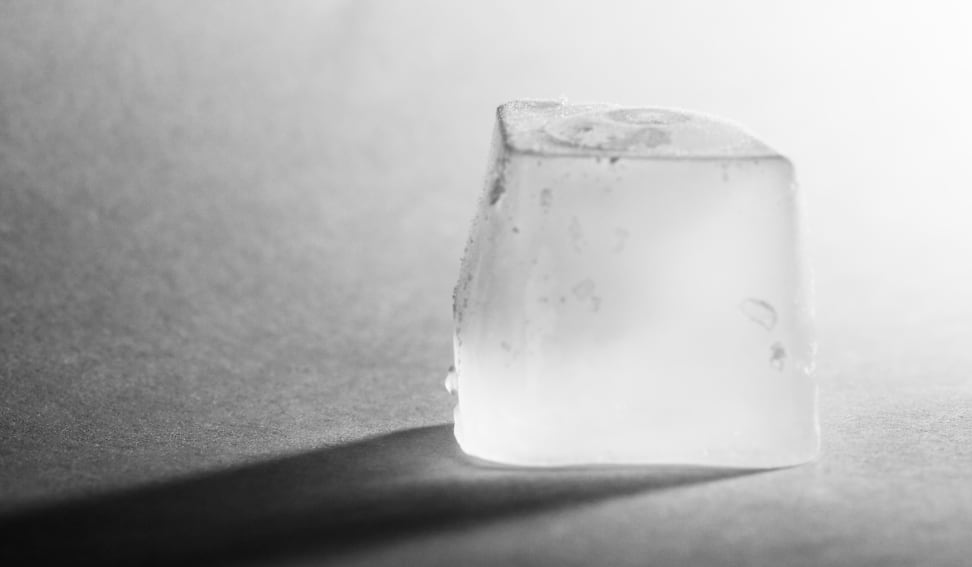 Credit:
Flickr user "equinoxefr"
Credit:
Flickr user "equinoxefr"
Recommendations are independently chosen by Reviewed's editors. Purchases made through the links below may earn us and our publishing partners a commission.
If you're like most Americans, you're probably used to pushing a button to get ice out of your refrigerator. After all, fridges with built-in ice makers have been around for decades. But have you ever stopped to wonder how that ice ends up in your glass?
As it turns out, making ice in refrigerators and freezers is much more complex than you'd think. In most machines, it involves the use of a thermostat, a motor, multiple rotating arms, and even a heating element. However, this wasn't always the case.
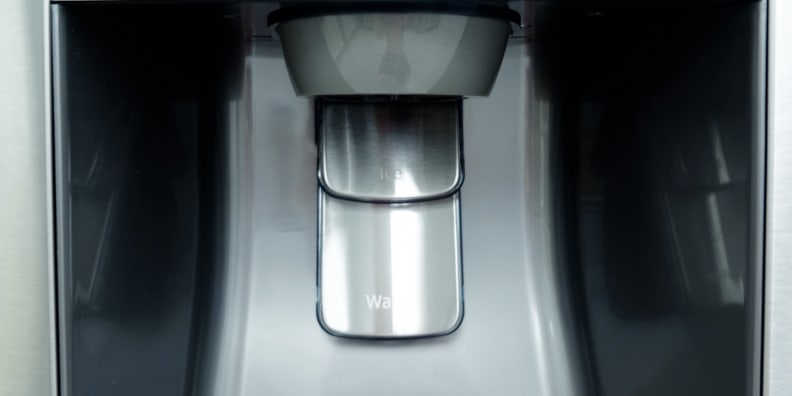
A Chilling History
According to eHow, the first icemaker was invented in 1850 by Dr. John Gorrie, and the first commercially available ice maker was created by Thaddeus Lowe in 1866. But neither of these machines let owners make ice at home.
{{amazon name="Tovolo Sphere Ice Molds - Set of 2", asin="B007ACTN54", align="right"}} It wasn't until 1953, when Servel began selling refrigerators with built-in ice makers, that ice could be made at home without having to use an ice tray.
The first in-door ice-dispensing refrigerator didn't hit stores until 1965, when Frigidaire trotted out the groundbreaking tech. From then on, built-in ice makers remained essentially unchanged until the advent of French door fridges.
Since these fridges move the freezer to the bottom, they require a miniature freezer for the ice maker to be placed inside the refrigerator compartment. You usually see these stuck to the side of the fridge, or to the inside of the door containing the ice dispenser.
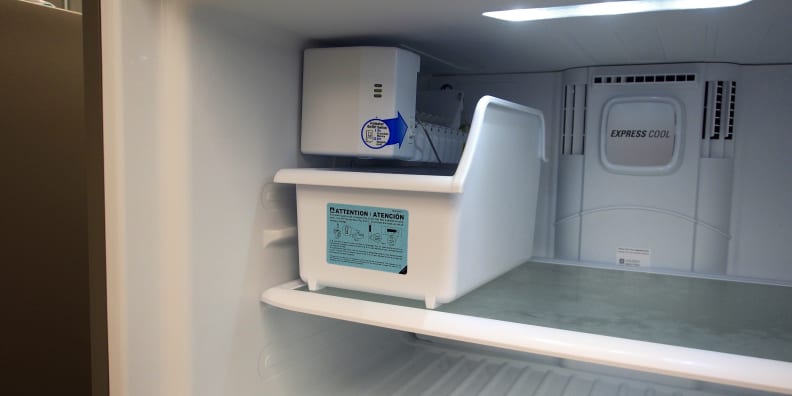
How It Works
Though they're fairly simple mechanisms, ice makers actually have a lot of moving parts. The machine typically uses a motor, a water valve, and a heating element to complete the ice-making cycle.
The cycle starts when a timer activates the water valve, which fills the ice mold in about seven seconds (though this varies from manufacturer to manufacturer). Once the built-in thermostat determines that the ice has frozen, it activates the heating element, which warms the mold to soften the edges of the ice cubes.
Next, the motor spins a shaft with small arms that scoop the ice cubes out of the tray and into the storage bin. At the same time, the shaft raises a shut-off arm, which prevents the ice-making cycle from starting over again. Once the ice is in the bin, the shut-off arm falls back down.
If the arm doesn't hit any ice, the cycle starts over again. If it runs up against the cold stuff, it halts the cycle until you dispense more ice. Overall, the cycle usually takes about one to two hours.
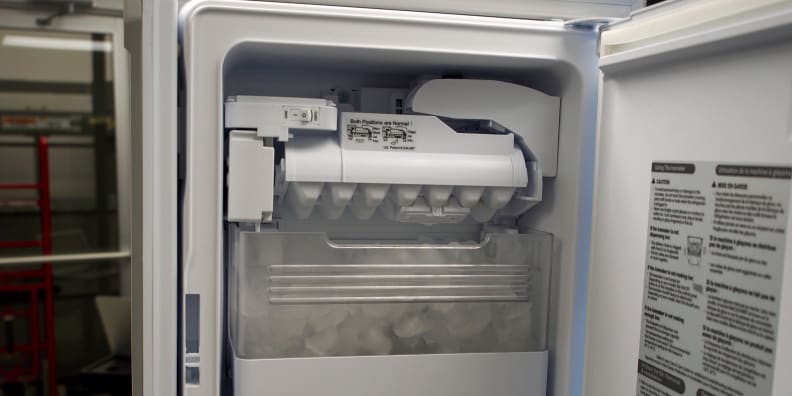
In-door ice makers work just like traditional ice makers, except they are crammed into the door.
Direct Cool Ice Makers
Most ice makers use the ambient temperature of your freezer to make ice, but a select few take a different route. "Direct cool" ice makers, offered by Samsung and several other manufacturers, use the refrigerant that cools your entire fridge, instead.
{{amazon name="ICE!: The Amazing History of the Ice Business", asin="159078801X", align="right"}} "You're basically using the refrigerant cycle that's cooling down the unit and looping that through the ice maker," says Doug Czerwonka, Samsung's Director of Product Planning for home appliances.
This arrangement means the ice maker doesn't have to be placed in the freezer, which is why you usually find direct cool ice makers inside the refrigerator compartment of French door fridges. Along with flexibility of placement, these ice makers also have other added benefits. According to Czerwonka, they use less energy and can make ice faster thanks to their higher efficiency.
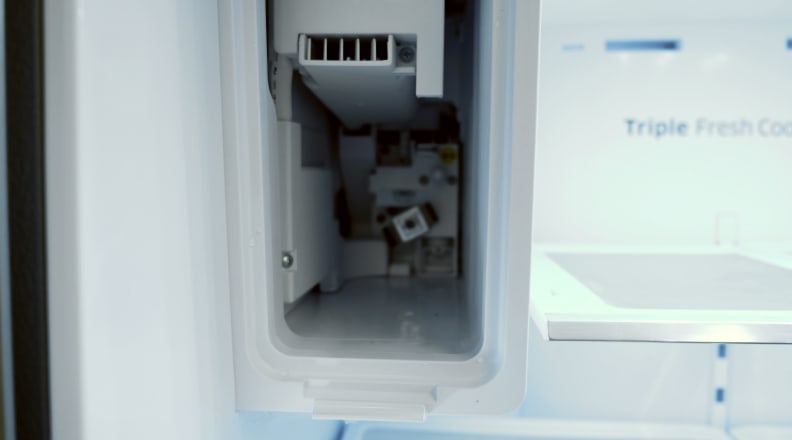
Some French door refrigerators have an ice maker unit inside the fridge cavity.
The downside? You can't use direct cool technology for in-door ice makers, for one simple reason: "Its hard to get that [refrigerant] tubing to run through the door and be flexible," says Czerwonka.
Czerwonka adds that both direct cool and in-door ice makers actually work just like traditional, in-freezer ice makers. Engineers simply tweak the design to fit it into the tight space constraints of the freezer door.
And that's that! Now, the next time you fill up your cup, you'll know where those cubes (or chips) came from.
Related Video
{{brightcove '4204723449001'}}

